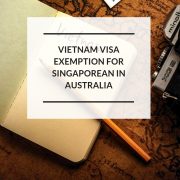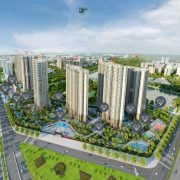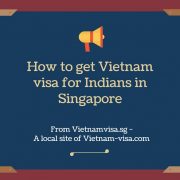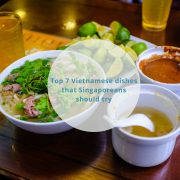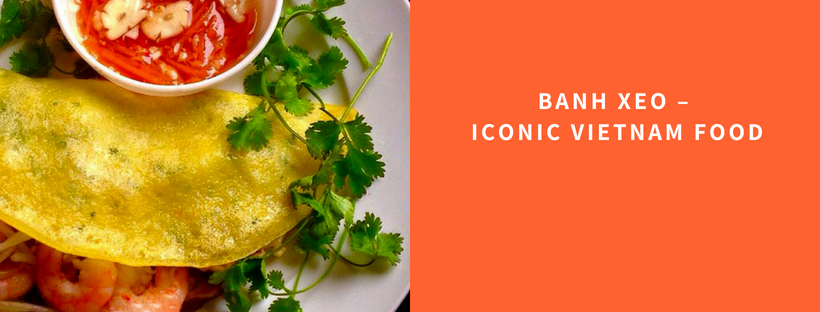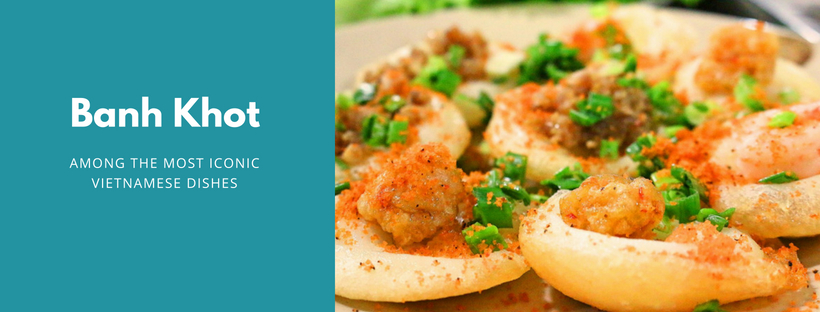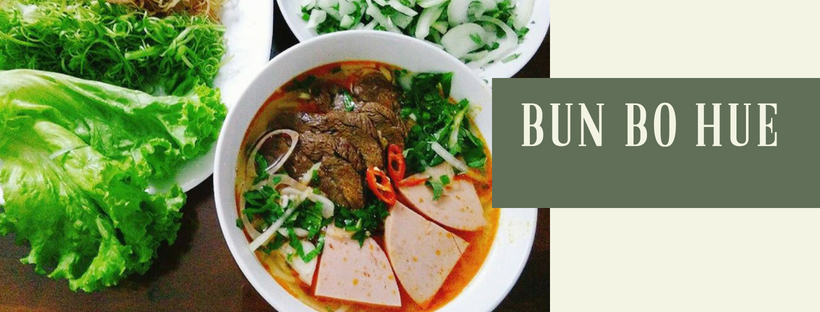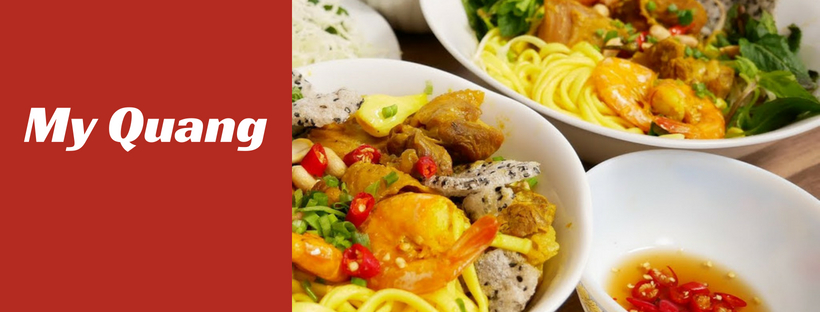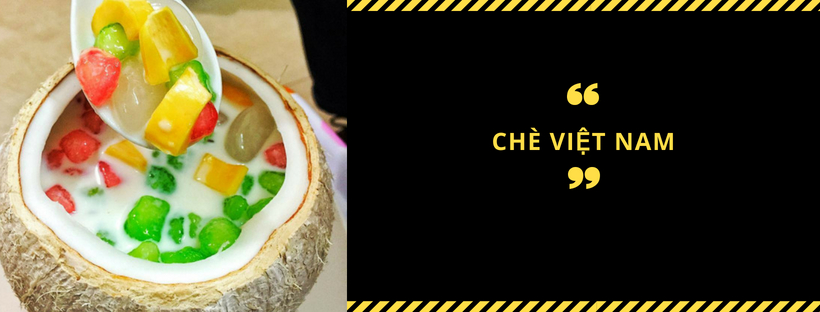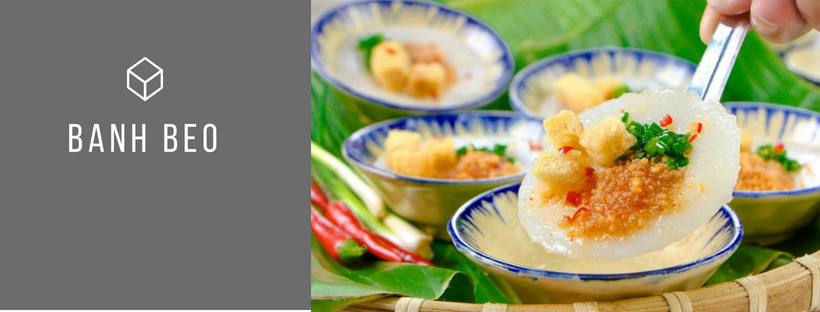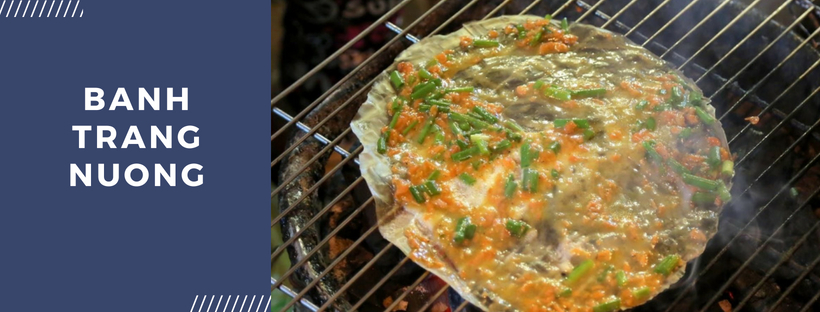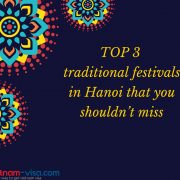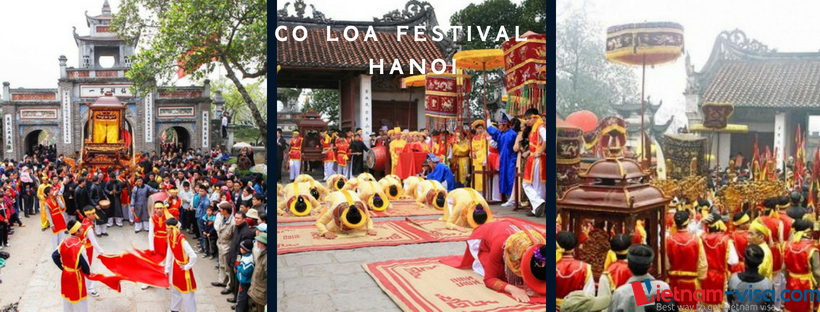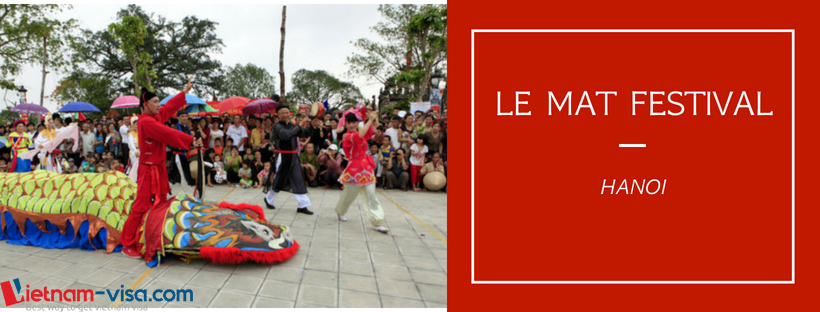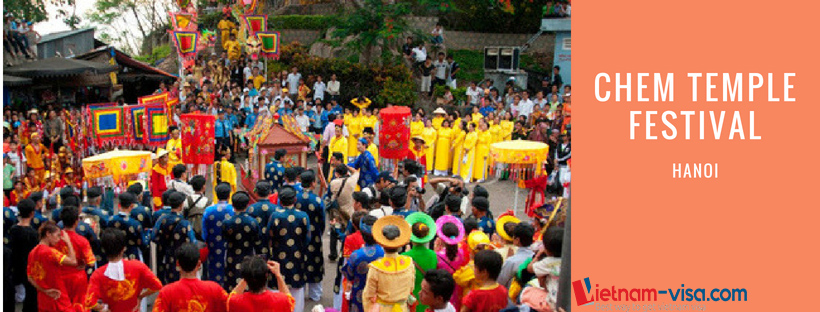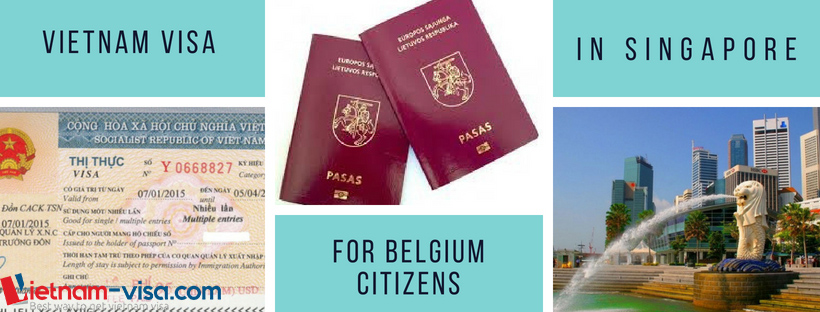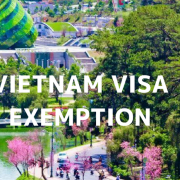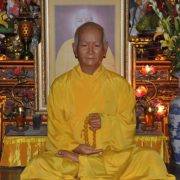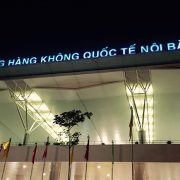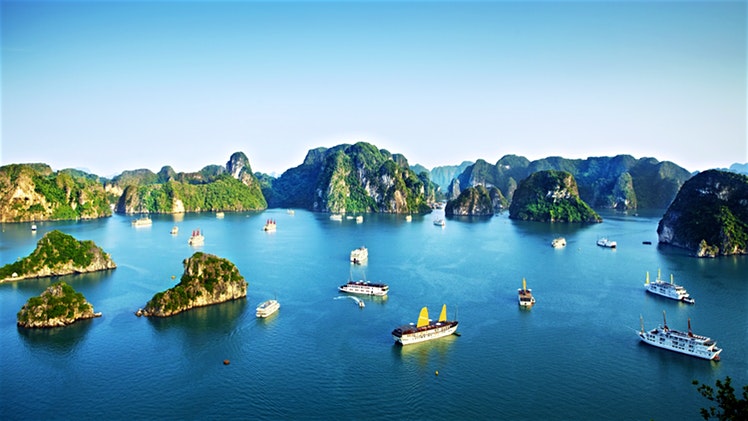There is no need for a medicinal mummification, but the remains of the two masters are not decayed or the statue of the Monsignor with bare feet is the unique statue in Hanoi.
Buddha statue on the king’s back
Hoe Nhai Pagoda (Ba Dinh District) is located on a large campus with the green space of ancient bodhi trees. The pagoda having two three-storey towers next to the two large stones consists of two roadblocks, each of which has 5 compartments.
In the temple, travelers will see a statue “King of penance”. According to the abbot, this statue was the result of a Buddhist monk’s practice in Vietnam in 1678. At that time, Buddhism was no longer in the position of the state religion, instead, it was Confucianism.
King Le Hy Tong had an ordinance to expel the monks into the forest, if not obeyed, the monks would be punished. At this time, the monk Chan Dun, the second monk of Hoe Nhai Pagoda, wrote the poem, put into the casket to bring the king and said that there was a pearl in the box.
When the king opened the box, he did not see the jade, but only the statement about the Buddha’s maintenance has helped the dynasty in a durable position. Later, King Le promulgated the penitent repression and changed his attitude towards Buddhism. Derived from this, the statue of the Buddha on the back of the king has been placed in Hoe Nhai Pagoda.

The statue like the real person
Quan Su Pagoda (Hoan Kiem District) is displaying the statue of monk Thich Thanh Tu, former vice president of the Buddhist Association of Vietnam, with the size of real people. The statue was taken to the pagoda on the occasion of the ceremony. Many people come to the temple because they do not know that this is a real person or statue.
The statue is made of wax but look like a real person with each detailed facial feature such as eyebrows, nose, mouth, wrinkles on the cheek, lines or wrinkles on the neck which are very lively. The left hand of the statue with blue veins and the feet is made with very real lines.
This is the result of the Buddhist monks and nuns in Thailand after one year and finally had this wish since 2008 on the occasion of the United Nations Day of Vesak Celebrations in Hanoi.

The statue of Monsignor with a unique barefoot
Chua Boc in Khuong Thuong village (Dong Da district) is one of the famous temples in Hanoi which is classified as a national historical monument. The ancient temple is located quietly in the street which is always busy. In the three-storey shrine of the temple, in addition to worshipping the Buddha, on the right temple, there is a church worshipping the Monsignor from ancient times bringing many secrets.
At this altar, there are 3 monsignors with the highest statue has one foot in the shoe and the other one is bare foot, looking very comfortable. He wears a coat embroidered dragon hidden in the clouds and his belt is very majestic. This is rare in statues of the monks at other temples. To this day, no one knows exactly when the temple was built.

Two statues of Dau Pagoda
More than 20 km from Hanoi, Dau pagoda is sacred by the two statues of Zen Master Vu Khac Minh and Vu Khac Truong whose bodies are still intact. The bodies of two monks sit in meditation posture, wrapped in Vietnamese paint.
Many Vietnamese scientists have not yet deciphered the mystery of not having a mummified medicine that the two Buddhist monks have not decomposed.
In addition to architectural values, Dau Pagoda also preserves many precious relics such as two stone minks on the threshold of Tam Quan, dating to the Tran Dynasty, two stone dragons on the threshold of the Tang Dynasty (now more than 500 years old), Terracotta tiles in the Mac dynasty and Le dynasty. With two rare statues and precious relics, Dau Pagoda is always a mystery and unique to visitors everywhere.

*** How to get Vietnam visa for Argentina citizens
Argentina is not included in the list of countries with Vietnam visa exemption, so to visit Vietnam Argentina citizens have to apply for the visa to Vietnam. There are 3 methods to get Vietnam visa for Argentina as follows:
- Visa to Vietnam from Argentina at the embassy
- Vietnam e-visa for Argentina
- Visa on arrival
Among 3 methods, it is highly recommended for Argentina citizens to choose the last one as it is really a wonderful service by saving a lot of time and energy, the simple and fast process, especially the high rate of applying successfully. Check out more about Vietnam visa for Argentina for a good start of your trip then!

